
|
|
|
| synonym |
|
| description |
This species has a bold, thin reddish-orange color pattern on its wings and body, forming somewhat of a zigzag shape. When viewed from above, the reddish zigzags surround two prominent white spots down the middle of the wings. The white patch closest to the head is circular, almost oval-shaped with a narrower posterior base, whereas the white patch near the tip of the wings is diamond-shaped; in some individuals, there is a small orange spot in the middle of this diamond. The shape of these two white patches can vary among individuals. There is a noticeable diagonal black mark on the costal margin of each wing, and four black spots near the rear of the wing that are "connected" with a prominent blackish oblique band (forming an upside down V when viewed from above). The scutellum has bold orange lateral triangles, with a paler apex; the rest of the scutellum is white. The pronotum has three prominent orange vertical bars, with the center one forming a skinny "Y" and extending onto the top of the head. These head lines are parallel and may taper and connect before reaching the margin; there is a noticeable white gap between the lines. The face and thoracic venter are pale. Adults are 2.6-2.9 mm long. (Dmitriev & Dietrich, 2007)
For more images of this species, see: BG. |
| distribution |
Eastern and central United States (3I) |
| abundance |
Recorded from a few counties in the western Coastal Plain and Piedmont, probably under collected and more abundant across the state. |
| seasonal_occurrence | |
| habitat |
Has been found near mixed hardwood forest edge. |
| plant associates |
Vitis spp., also reported from Aesculus sp., Juglans sp., Lonicera sp., and Toxicodendron radicans (3I) |
| behavior |
Can be attracted at night to a light. |
| comments |
E. acuticephala is close in appearance to a number of Erythroneura species that all have similar color patterns. It is perhaps most similar to E. fraxa. Both species have essentially the same color pattern, but in acuticephala the lines are noticeably thinner than in fraxa, which tends to have rather broad lines (especially on the wings). Additionally and perhaps more importantly, the head pattern differs between the two species and can be a useful distinguishing characteristic. In fraxa, the parallel orange lines on the head are fairly close to one another, essentially forming one broad band on the hand; in acuticephala however, the lines are much thinner and more divergent from one another, with a noticeably defined white median area between the lines. See here for the profile for E. fraxa. |
status |
[Native:]
[Introduced:]
[Extirpated:] | | list_type |
[Official:]
[Provisional:] |
| adult_id | Unmistakable and widely known Identifiable from good quality photos of unworn specimens
Identifiable from photos showing undersides, or other specialized views [e.g., legs, face]
Identifiable only by close inspection of structural features or by DNA analysis NULL |
| nymph_id | Unmistakable and widely known Identifiable from good quality photos, especially where associated with known host plants
Identifiable from close inspection of specimens or by DNA analysis
Identifiable only through rearing to adulthood NULL |
| G_rank |
|
| S_rank |
|
| rank_comments |
|
| tribe |
Erythroneurini |
| subgenus |
|
Species Photo Gallery for Erythroneura acuticephala No Common Name |
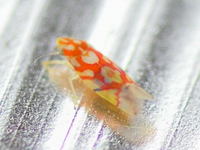 | Photo by: Kyle Kittelberger, Brian Bockhahn, Paul Scharf
Halifax Co.
Comment: mixed hardwood forest edge near grass | 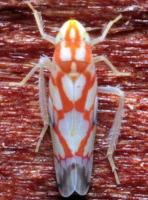 | Photo by: Ken Childs
Out Of State Co.
Comment: |
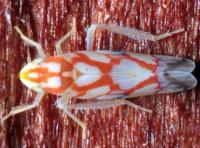 | Photo by: Ken Childs
Out Of State Co.
Comment: | 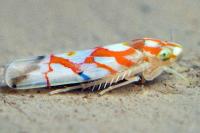 | Photo by: Ken Childs
Out Of State Co.
Comment: |
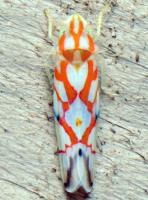 | Photo by: Ken Childs
Out Of State Co.
Comment: | 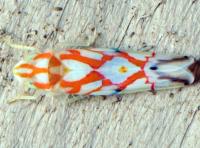 | Photo by: Ken Childs
Out Of State Co.
Comment: |
|

 »
»

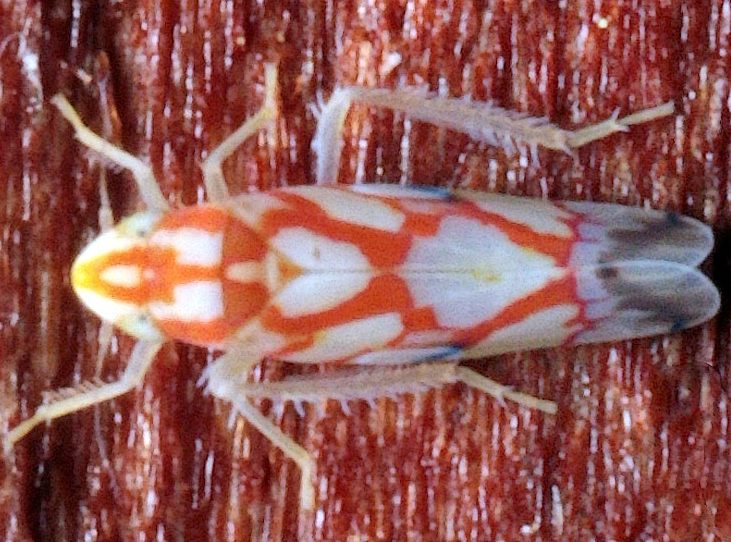

 »
»

